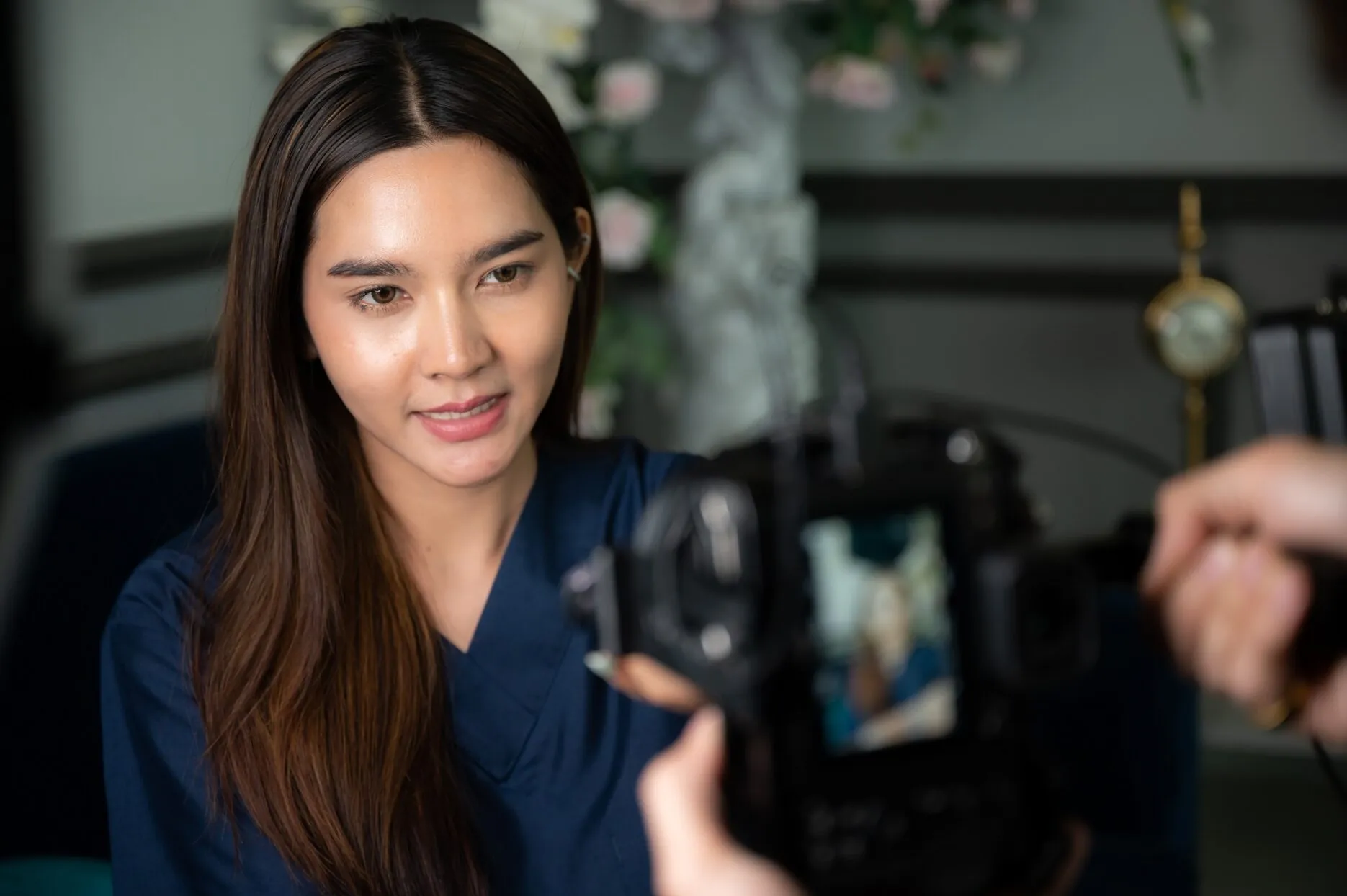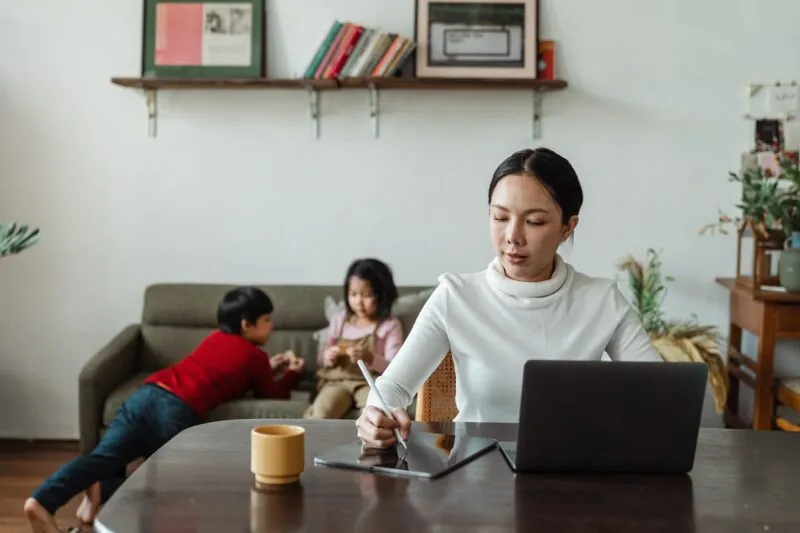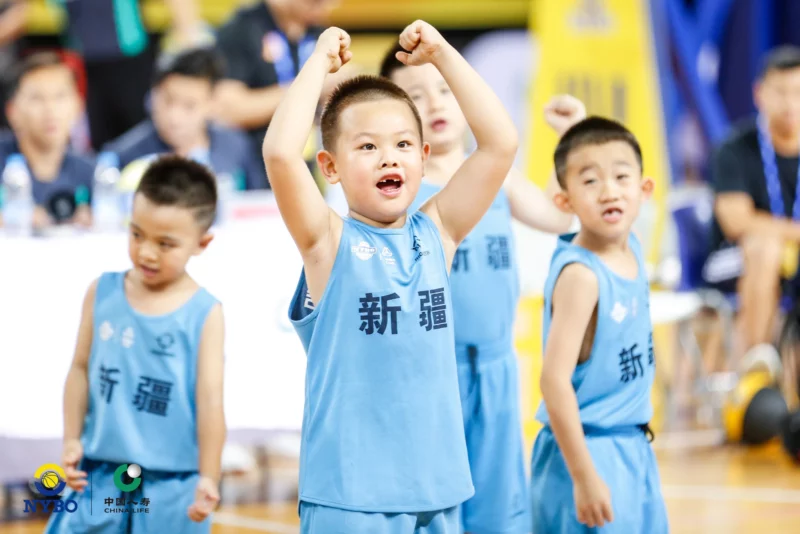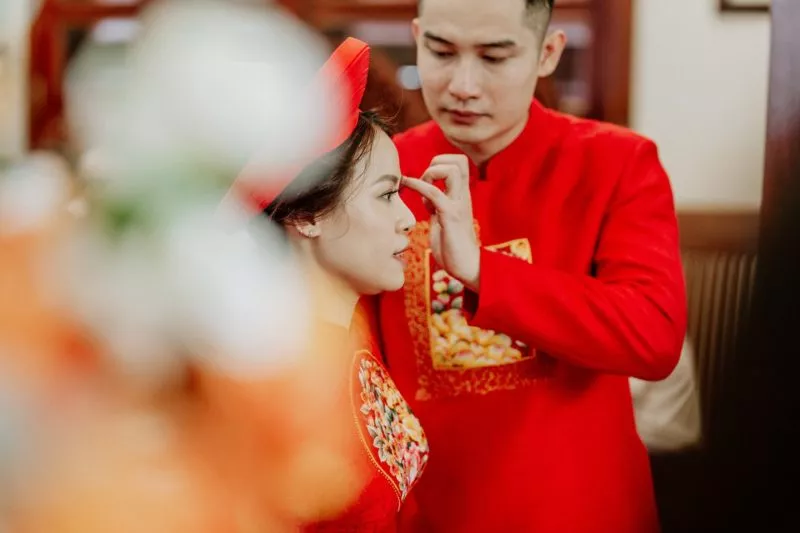Over the past few days, Chinese Internet users have discovered some of their favourite KOLs have disguised their identities as staff members of “influencer production machines” MCNs (multi-channel network organisations) after several Chinese social media platforms started displaying the names of commercial agencies behind those influencers since 21 July. The change was first enacted by the viral short video app Douyin (Chinese TikTok), followed by Weibo (China’s biggest microblogging site), and now Bilibili (China’s answer to YouTube).
Some Internet users feel “betrayed” to discover the affiliation between MCNs and KOLs they believed were independent creators.
While some netizens aren’t fussed over the add-on to individuals’ social media home pages, saying they are not surprised that KOLs with tens of millions of followers are backed by agencies, others are disappointed and feel “betrayed” to discover the affiliation between certain MCNs and individuals they believed were independent creators, including the once Internet sensation – the Taiwanese singer-turned-fitness live streamer Liu Genghong, who is a part of Wuyou Media, one of China’s biggest MCNs, managing over 80,000 influencers.
Re-defining what genuine content means
Public sentiment on the change matters because most of those higher-tier KOLs have previously claimed that they are independent and self-reliant “grassroots” creators in a bid to lure viewers to believe that their content is authentic and genuine. Such narratives have become commonplace to help KOLs to develop a close relationship with their audience while distancing themselves from commercial purposes, allowing them to tap into the “seeding” process (known as “Zhongcao”), a peer-to-peer recommendation practice that has been a core strategy in China’s e-commerce battlefield.
The new measure signals a shift from a traffic-focused to a content-focused production model.
The new measure has also signalled the beginning of a new chapter for China’s influencer industry – a shift from a traffic-focused to a content-focused production model. The goal of displaying the MCN behind the influencer is for transparency. Users can now easily spot the difference between MCN sponsored content, also known as Professional Generated Content (PGC), or User Generated Content (UGC), which are originally produced by individual creators.
The PGC mode is often based on a well-curated dramatised “script” in which influential KOLs are acting to fit the narratives that sometimes have an intention to manipulate online traffic or public opinions with the goal of gaining more online traffic.
More genuine, less “hype”
User Generated Content, on the other hand, is driven by creators’ own interests and experience, which is flavoured by their real personality. The nature of UGC production means the model is less likely to involve in any “hyped” content, which has been commonplace in PGC to attract public attention. As a result, the importance of traffic in China’s digital realm would be downplayed. The new measure would push both impactful KOLs and existing MCNs to focus on the quality and genuineness of the content.
The new rules are also in line with China’s overall regulations on the Internet and entertainment industries.
Such treatment, in the meantime, is also in line with China’s overall regulations on the Internet and entertainment industries. By bringing the shared interests between influencers and agencies to the public, these stakeholders are also under close public scrutiny and any controversies from even one influencer may cause a ripple effect, taking a toll on associated MCNs or other influencers under the same umbrella.
Therefore, agencies are also pressed to put more effort into cultivating talents on top of stricter management across its ecosystem. Meanwhile, both parties are expected to take more responsibility for safeguarding the overall health of the online space.









